- HubPages»
- Education and Science»
- Life Sciences»
- Entomology»
- Insects & Bugs
The Monarch Butterfly - how to help this butterfly in Tenerife and the Canary Islands
The Monarch
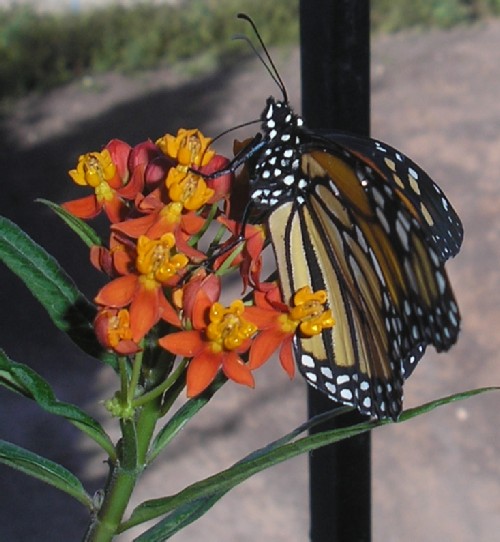
Monarch of the butterflies
I was on a mission for a monarch, but I wasn’t in the service of any member of the human royalty, for I was helping the Monarch butterfly.
Monarchs are those really big ones with the orange-red wings with black veins, the biggest butterflies you will see here on Tenerife - the ones that soar and glide majestically over parks and gardens of the Canary Islands.
Monarch butterfly photos
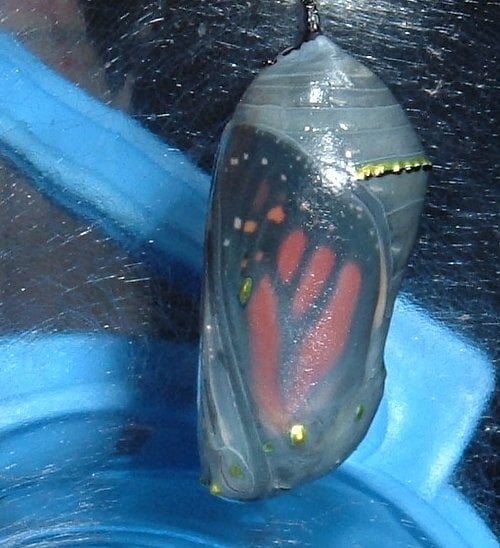
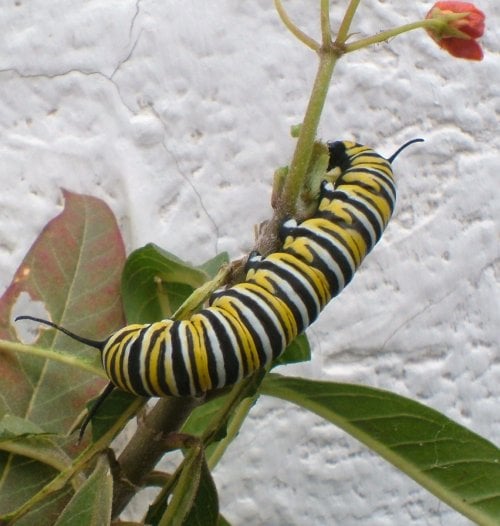
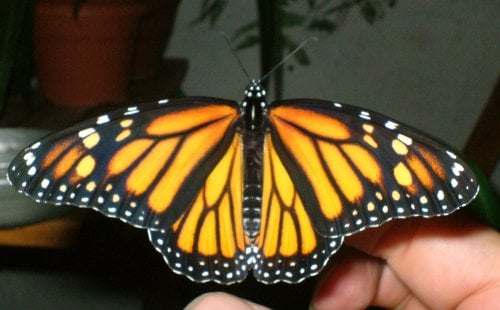
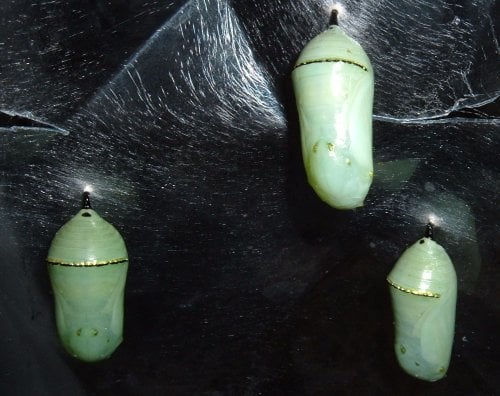
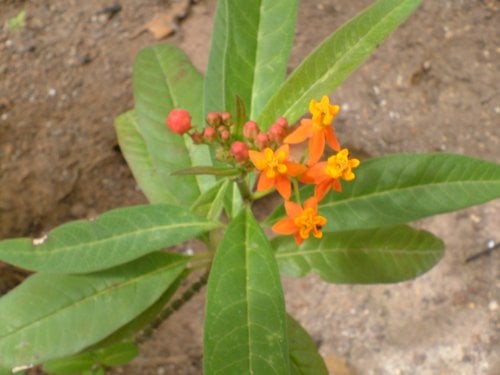
All about the Monarch Butterfly
Monarch butterflies are famous in the world of insects for their astonishing migratory habits and in America they travel all the way from Mexico and California in the south right up to the northern States and Canada. Countless thousands of them over-winter in the warmer southern part of their range before starting their incredible journey again in spring. Or at least they did for numbers are dropping alarmingly.
Monarch migration
Female butterflies lay their eggs along the 2,000-mile migratory route and this migration takes up to three generations of Monarchs to complete.
Apparently the Monarch multitudes have been getting less and less in recent years due to a combination of changes in farming and forestry land management, the use of herbicides and pesticides and also due to freak weather conditions. With this in mind, I thought I would see if I could give the ones here in Tenerife a bit of a boost and do my own bit of butterfly conservation.
Caterpillars
Knowing that the stripy caterpillars feed only on Milkweed, I collected some seeds from a plant I had found and had two that had germinated and started growing in pots on my balcony. I was hoping they would get a lot bigger before any female Monarch butterflies found them.
Alas, this was not to happen, because a female of this magnificent insect did spot my plants and I spotted her. She had just been laying eggs on the larger Milkweed plant that was on the wall between my balcony and the next one. The smaller plant was in a pot on the floor and she flitted down to it but Tiggy my she-cat is a great hunter and she leapt straight at the female Monarch. I had to move fast to save the butterfly from getting caught by my pet.
Luck was in for both the insect and my cat. You see, the Monarch butterfly absorbs poisons from its diet as a caterpillar and these give it a horrible taste and can make a would-be predator very sick. The idea is that they will learn to leave this butterfly alone in future. Tiggy was spared this unpleasant experience and the Monarch’s life was spared as well.
The black and red of the Monarch’s wings are what are known as warning colours and another incredible insect, the harmless Viceroy butterfly, which also lives in North America, actually mimics the colouration of the Monarch so that its enemies will leave it alone.
Milkweed
Examining the Milkweed plants I found ten eggs had been laid, and whilst I was happy that my conservation plan was working I was worried there wouldn’t be enough leaves for the hungry caterpillars.
I posted on various online message boards about my problem but nobody was able to help, even though many would have been keen to. Not surprisingly, most people love to see Monarch butterflies but few know what their caterpillars eat or know what it looks like.
I realised that the number of the butterflies we see in Tenerife depends on the number of Milkweed plants that grow here and sadly it seems that very few gardeners have this flower, which was originally brought to the island as an ornamental but over the years it seems to have fallen out of favour.
This is a real shame because besides being the Monarch’s only food plant, it is easy to grow and has attractive red and yellow flowers. Its colours have even earned it the name of Flor de Bandera Española ("Flower of the Spanish Flag") so growing it would be a patriotic thing to do as well as an aid to conservation.
I discovered that in America there are like-minded people who have set up websites that provide details of the Monarch and its plight and also will sell you seeds of many of the different species of Milkweed. One site in Florida will send seeds free if you send them a SAE.
There is a Tree Milkweed and a Swamp Milkweed and the type that grows on Tenerife is also known as the Curacao Silkweed, due to its soft fluffy seeds that can be distributed by the wind and are carried in 2-inch long seedpods.
The only place I knew for sure where Milkweed grew was in a couple of flower borders in Costa del Silencio and even there it is threatened by over-zealous gardeners who hack everything back and pull up anything they class as weeds.
The Very Hungry Caterpillar
Nevertheless, when the caterpillars hatched out and started to grow fast I knew that I would have to make the long bus journey down to the south to see if I could find any of the leaves they needed. Actually, I had to do this twice due to a slight miscalculation in quantities needed. The caterpillars had excellent appetites, just like the one in the storybook The Very Hungry Caterpillar by Eric Carle.
The whole experience gave me an insight into what it must be like for female Monarch butterflies who have to scout around looking for their food-plant. I found that I was doing this too by looking in flowerbeds and borders everywhere, even through the windows of buses in the hopes of spotting some.
Fortunately, I had taken the precaution of moving the fully-grown ones into a large plastic empty water bottle so they could pupate and not get lost if they went looking for food, and I ended up with nine chrysalises. Before they change into a chrysalis the caterpillars spin a silk mesh to fasten on to and hang down from.
The Monarch chrysalis is an exquisite jade green and with a row and dots of metallic gold. Inside is the real magic, though, because all that was a caterpillar is broken down into a liquid which then reassembles as the adult butterfly, and in this species you can see a colour change just before it is ready to emerge because the chrysalis becomes transparent. Besides getting a much darker colour the parts where the wings are become reddish-orange and you can plainly see the black veins as well.
Because there were nine of them and they were hanging down and looked like little bottles I was reminded of an old song: “Ten green bottles hanging on the wall…” but I had nine green bottles of butterfly magic potion!
A friend of mine called Kirsty, who works at the Teobaldo Power School in Agua Dulce, is going to get a Monarch butterfly conservation project going for the children to be involved in. Luckily, I will be able to pass on some seeds to her because someone I met who works in a butterfly and botanic centre in Holland is sending me seeds and cuttings of Milkweed.
I am hoping to see many more people getting involved and in future seeing many more of these beautiful insects flying in the Tenerife sunshine. If I can raise nine from just two plants on a balcony think how many could be reared in a garden.
Footnote: Originally published as commissioned feature article in the now defunct Tenerife Sun newspaper.
© 2010 Steve Andrews








